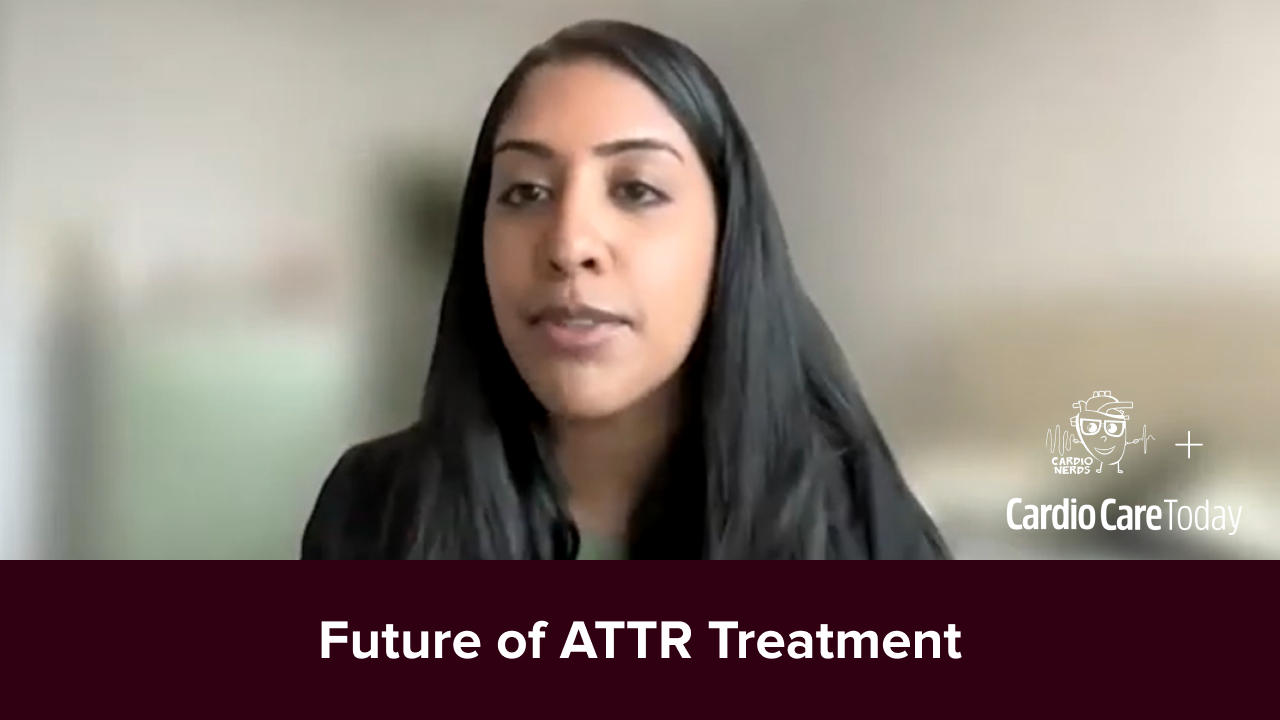
For most of us, the “ABC’s” invoke thoughts of nursery songs and alphabet soup. But for Dr. Roger Blumenthal, Professor of Cardiology at Johns Hopkins University and Director of the Ciccarone Center for Prevention of Cardiovascular Disease, the “ABC’s” are the roadmap for healthy living. Dr. Blumenthal outlined the ABC’s of cardiovascular disease (CVD) prevention at the American Society of Preventive Cardiology’s (ASPC) 2021 Virtual Summit.
The ABC’s of cardiovascular prevention are as follows:
- A – Assessment of Risk. Risk assessment is the cornerstone of preventive cardiology. The CardioNerds 4+2 paradigm outlines a practical approach to risk assessment. Decisions thereafter are based on estimated risk, education, and shared decision making.
- A – Antiplatelet/Anticoagulant Rx. Low dose aspirin for primary prevention may be appropriate for those with active tobacco smoking, a strong family history of atherosclerotic CVD (ASDVD), hypercholesterolemia with statin intolerance, subclinical atherosclerosis with coronary artery calcium score > 100, and select patients with predicted 10-year risk > 20%.
- B – Blood Pressure (BP). High blood pressure includes those with systolic BP ≥130mmhg and/or diastolic BP ≥ Management involves attention to accurate BP measurement, consideration for ambulatory BP monitoring, and both nonpharmacologic and pharmacologic approaches.
- C – Cholesterol. Statin therapy is 1st line for those with established ASCVD or at risk for ASDVD if they have: LDL cholesterol ≥190 mg/dL, diabetes mellitus who are 40-75 years of age, or intermediate or grater predicted ASCVD risk. Those unable to achieve target goals despite maximally tolerated statin therapy should be considered for non-statin therapy including ezetimibe and/or a proprotein convertase subtilisin/kexin type 9 (PCSK9) inhibitor. High dose purified Eicosapentaenoic Acid may be appropriate for select patient with elevated triglyceride levels.
- C – Cigarette Cessation. A multimodal approach for tobacco cessation includes counseling from trained staff, nicotine replacement therapy, and other pharmacologic therapy including bupropion or varenicline.
- D – Diabetes / Glucose Management. Lifestyle and pharmacologic therapies are used in concert to achieve target glycemic control. While it is reasonable to use metformin as the first line agent, we should prioritize agents with proven CVD benefit: sodium-glucose cotransporter 2 (SGLT2) inhibitors and glucagon-like peptide-1 (GLP1) receptor agonists.
- D – Diet / Weight Management. A healthy diet emphasizes vegetables, fruits, legumes, nuts, whole grains, and fish; replaces saturated fat with monounsaturated and polyunsaturated fats; limits cholesterol, sodium, processed meats, refined carbohydrates, and sweetened beverages; and avoids trans A comprehensive weight management program reduces total calorie intake, promotes physical activity, and monitors indices of body weight with a goal to lose 5% of weight in 6-12 months.
- E – Exercise. Increase physical activity clearly provides greater benefit up to at least 150 min of vigorous-intensity or 300 min of moderate-intensity exercise per week.
- F – Heart Failure. We should institute and optimize life-saving guideline directed medical therapies and devices for patients with reduced ejection fraction heart failure.
Cardiovascular disease poses a tremendous and growing challenge to our society. But it is not insurmountable. It’s as easy as the ABC’s (see Figure below).

Figure. The 4+ 2 Paradigm of Preventive Cardiology. There are four steps for risk stratification: qualitative risk approximation, quantitative risk estimation using a validated tool, personalization with risk-enhancing factors, and measurement of coronary artery calcium score in select patients. The two principles of management include emphasizing a healthy lifestyle of everyone regardless of risk, and escalating preventive medical therapy with rising predicted risk. Education, counseling, and shared decision-making are central to every discussion. This figure is adapted from CardioNerds.
Click here for a case-based discussion to see the 4+2 paradigm in action.
Click here for the CardioNerds Prevention Series.
@rblument1 #ASPC2021 @ASPCardio
Toolbox
🥍 Risk Estimator
🥍 Risk Enhancers
🥍 CAC
🥍 ABCDEF
🥍 B=BP: Don't Call Bad Plays or RB’s BP will rise! (avoid Unnecessary Stressors for BP)
🥍 F= Heart Failure@ErinMichos @RonBlankstein @CiccaroneCenter @SethShayMartin @WendyPost9 pic.twitter.com/8wkB9pAz0B— Dr. Martha Gulati ♥️🫀❤️🩹🇨🇦 (@DrMarthaGulati) July 23, 2021
🎤40. The ‘ABC’s of Cardiovascular #Prevention with @rblument1 @CiccaroneCenter @hopkinsheart
A: Assess Risk… ASA💊
B: Body wght⚖️, BP
C: Cig🚭, Chol
D: Dream💤, Diet, Dig Health, DM🍭
E: Exercise🏃♀️
F: Factors of Environment
G: Genetics🧬 pic.twitter.com/L7ylcezOvM— CardioNerds (@CardioNerds) July 19, 2020







 © 2025 Mashup Media, LLC, a Formedics Property. All Rights Reserved.
© 2025 Mashup Media, LLC, a Formedics Property. All Rights Reserved.